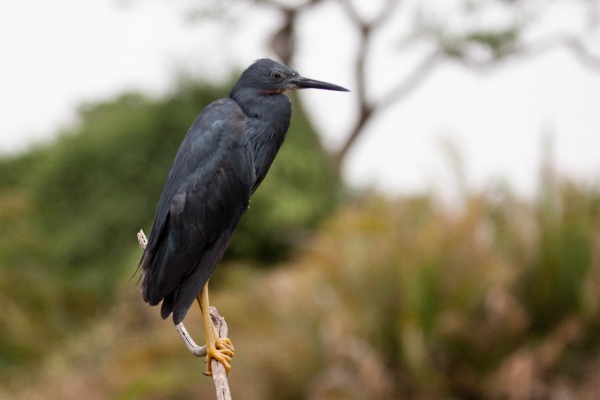Facts About Slaty egret
The slaty egret is a small, dark bird presently classified as Vulnerable, primarily due to habitat loss. It is distinguished by its yellow legs and vinous-brown throat, characteristics that differentiate it from the black egret. This species inhabits south-central Africa, with notable populations in Zambia, Botswana, and Namibia.
Slaty egrets prefer floodplains and freshwater marshes, particularly those with low vegetation cover and shallow waters. They breed in temporary wetlands, constructing nests in reed beds or on vegetated islands. Their diet is diverse, consisting of small fish, frogs, aquatic invertebrates, and tadpoles. These egrets typically forage alone or in small groups during daylight hours.
Regrettably, they face numerous threats. Human activities such as drainage, flood regulation, and the spread of invasive species are causing significant habitat loss. Additionally, disturbances by humans, trampling by elephants, and predation by African fish eagles pose serious risks. Given that slaty egrets are heavily dependent on seasonal marshes, it is crucial to prioritize conservation efforts to ensure their survival.

 Malawi
Malawi